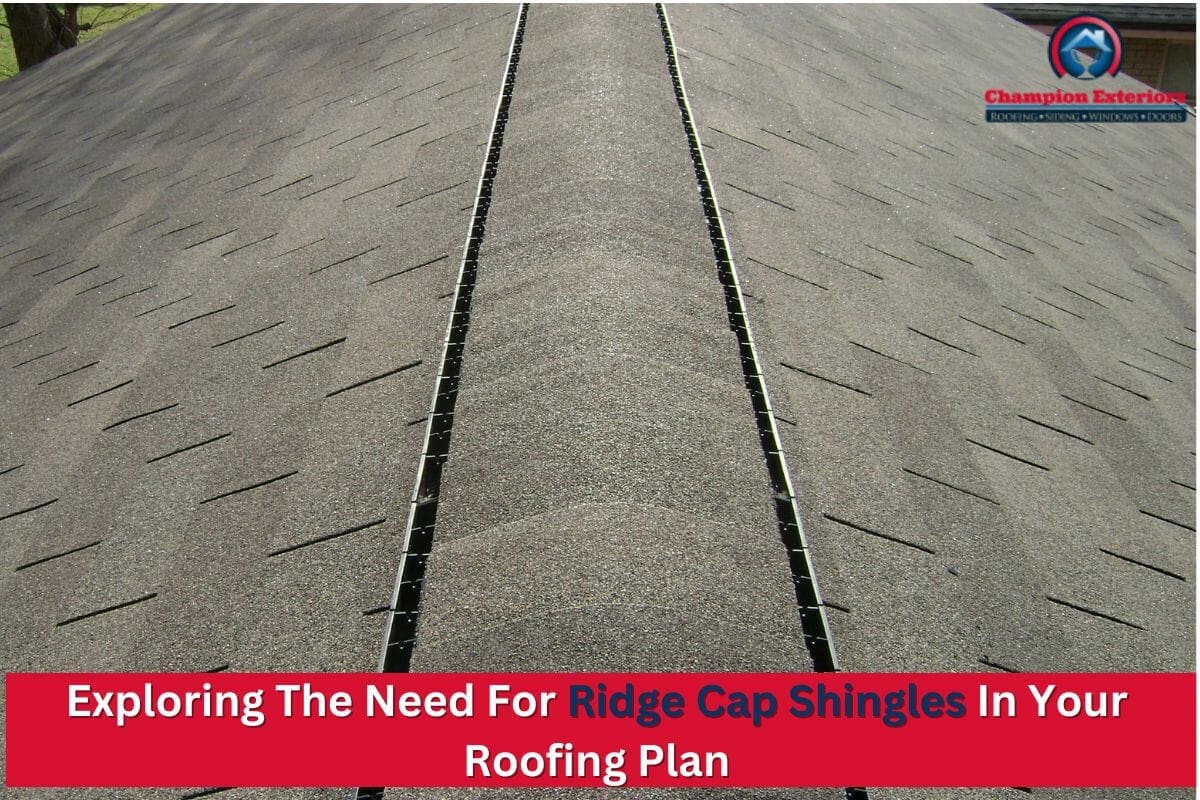When it comes to roofing, one often overlooked, but crucial component is the roof ridge cap shingles. These specialized shingles play a vital role in protecting the ridge of your roof, ensuring it remains watertight and secure.
In this comprehensive guide, we will delve into the importance of ridge cap shingles, the different types available, the benefits of their installation, and a step-by-step guide on how to install them. Whether you have an asphalt or metal roof, understanding the significance of ridge cap shingles is essential for the longevity and durability of your roofing system.
Understanding The Roof Ridge
If you have previously installed a roof, chances are you have heard the term roof ridge. The ridge of a roof is the highest point and one of the most vulnerable areas when it comes to leaks and damage. The roof ridge is the highest point of the roof where your roof slopes meet and form a horizontal junction along the top. Not only does this add charm to your roof, but through the installation of ridge vents, it will also benefit you in terms of energy efficiency. By increasing the airflow inside your home, the roof ridge can help you save on energy bills.
Why Should You Install Roof Ridge Cap Shingles?
The roof ridge, as mentioned above, is the most critical and vulnerable area of your roof. It can be easily damaged due to high winds, heavy rains, and storms.
Like the rest of your home, the roof ridge needs protection, and this is where ridge cap shingles come in. But you may be wondering, why can’t I just cover them up with regular shingles? Ridge cap shingles are specially designed to cover the ridge of the roof, which seals any gaps and provides an extra layer of protection against moisture, wind, and debris.
The Importance of Ridge Cap Shingles
One of the primary reasons why ridge cap shingles are essential is their ability to prevent water penetration. Without proper protection, water can seep into your home through the ridge, leading to costly repairs and potential structural damage. Ridge cap shingles act as a shield, blocking moisture from infiltrating the roof and safeguarding your home. They are specifically manufactured in a curved shape in order to properly cover the ridge.
The Benefits of Installing Ridge Cap Shingles
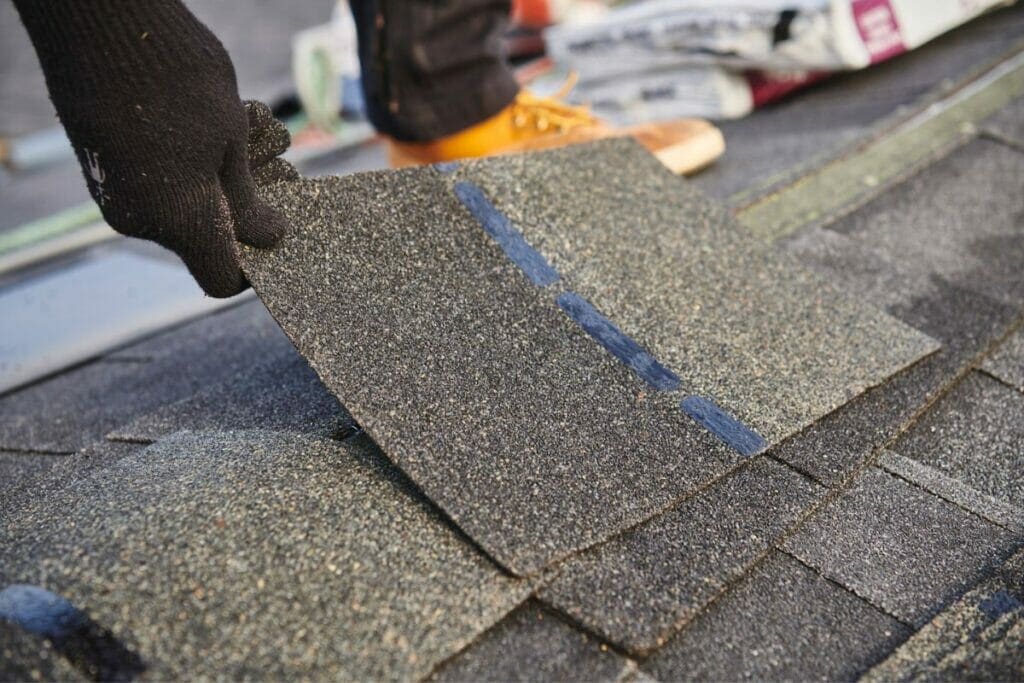
Installing ridge cap shingles has several benefits that contribute to the overall performance and aesthetics of your roof. Let’s explore some of these advantages:
1. Enhanced Protection: Ridge cap shingles provide an extra layer of protection to the most vulnerable area of your roof. By sealing off the ridge, they prevent water, snow, and debris from entering and causing damage.
2. Improved Aesthetics: Ridge cap shingles are designed to complement the overall look of your roof. They stand out while blending in with the rest of the roof. Adding a finished appearance to the ridge line, roof ridge cap shingles create a cohesive and visually appealing roofscape.
3. Increased Durability: Ridge cap shingles are specially designed to be durable so they withstand harsh elements, including strong winds, heavy rain, and UV rays.
4. Extended Lifespan: By properly sealing the ridge, ridge cap shingles help prolong the lifespan of your roof. They prevent premature deterioration and minimize the risk of leaks, saving you money on costly repairs in the long run.
Types of Ridge Cap Shingles
Now that we understand the importance and benefits of ridge cap shingles let’s explore the different types available on the market. Your choice of ridge cap shingles depends on your roofing material and aesthetic preferences. Here are some common types:
1. Asphalt Ridge Cap Shingles
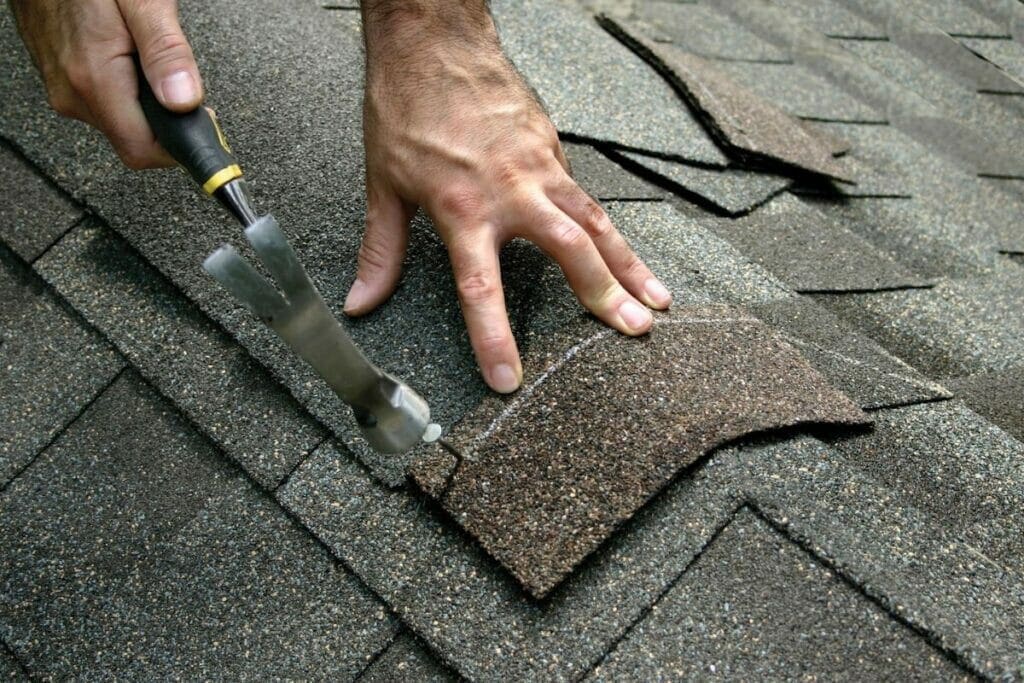
In the U.S., asphalt shingles are the most common roofing material for residential properties. So, it makes sense that this type of ridge cap shingle would be the most popular as well. They are specifically designed to match the style and color of your other roof shingles in an effort to provide a seamless and cohesive appearance. These ridge cap shingles come in various profiles, including traditional 3-tab and architectural styles. However, later in this blog post, we will discuss why architectural shingles aren’t recommended.
2. Metal Ridge Cap Shingles
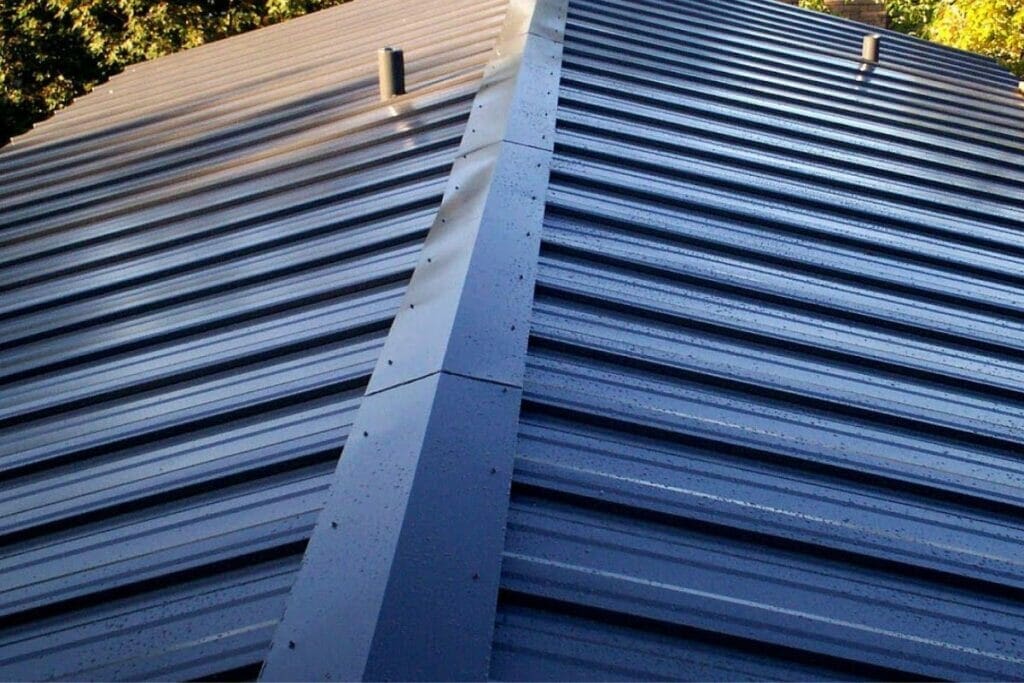
If someone has installed a metal roof, then obviously, they wouldn’t want to install asphalt shingles along the ridge. Luckily, you can install metal ridge cap shingles to protect your roof ridge.
Metal ridge cap shingles are typically made from galvanized steel or aluminum and are designed to withstand the unique challenges posed by metal roofs. Metal ridge cap shingles provide a sleek and modern finish while offering excellent durability and weather resistance.
3. Tile Ridge Cap Shingles
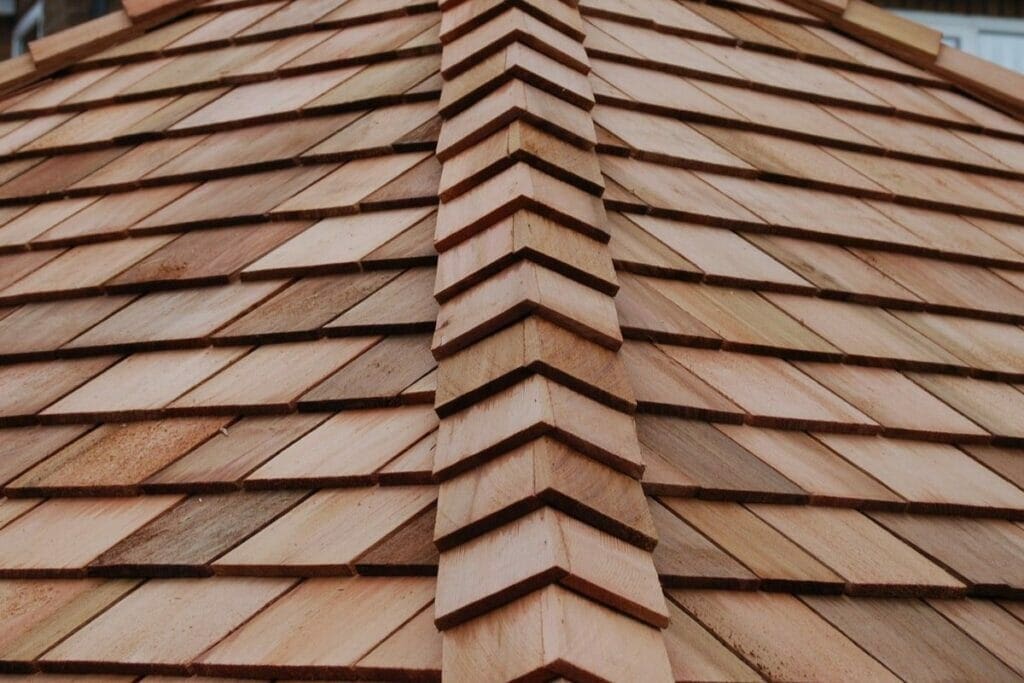
Tile roofs have their own specific ridge cap shingles designed to match the tile pattern and shape. These ridge cap shingles are made from clay or concrete and are available in various colors and styles to seamlessly blend in with your tile roofing system. Tile ridge cap shingles not only provide protection but also enhance the architectural beauty of your roof.
Installation Guide for Roof Ridge Cap Shingles
Proper installation of ridge cap shingles is crucial to ensure maximum protection and longevity of your roof. While hiring a professional roofing contractor for this task is recommended, understanding the installation process can help you make informed decisions and effectively communicate with your contractor. Here is a step-by-step guide on how to install ridge cap shingles:
Step 1: Gather The Necessary Materials and Tools
Before starting the installation process, gather all the necessary materials and tools. These may include ridge cap shingles, roofing nails, a roofing hammer or nail gun, a utility knife, a chalk line, and roofing adhesive.
Step 2: Prepare the Roof’s Surface
Ensure the ridge area is clean and free from debris or loose shingles. Remove any old or damaged ridge cap shingles, and inspect the underlying roof surface for any repairs or adjustments that may be needed.
Step 3: Measure and Cut the Ridge Cap Shingles
Measure the length of the ridge and cut the ridge cap shingles to the appropriate size. Leave a small overhang on each end to ensure proper coverage and protection.
Step 4: Install the First Ridge Cap Shingle
Starting at one end of the ridge, apply a bead of roofing adhesive along the underside of the ridge cap shingle. Carefully align the shingle with the ridge line and press it firmly into place.
Step 5: Secure the Ridge Cap Shingle
Using roofing nails, secure the ridge cap shingle in place. Place nails at regular intervals along the edges and center of the shingle, ensuring they penetrate the underlying roof surface.
Step 6: Continue Installing the Ridge Cap Shingles
Repeat the process for each subsequent ridge cap shingle, overlapping them to ensure proper coverage and protection. Apply roofing adhesive and secure the shingles with nails as you progress along the ridge line.
Step 7: Finish the Installation
Once all the ridge cap shingles are installed, inspect the ridge line to ensure a secure and uniform appearance. Make any necessary adjustments or repairs, and clean up any debris or excess adhesive.
Can You Use Architectural Shingles for Ridge Caps?
A common question that arises is whether it is possible to use architectural shingles for ridge caps. While architectural shingles offer a more dimensional and aesthetically pleasing look to the overall roof, they are not specifically designed for ridge cap applications. Architectural shingles are thicker and less flexible than ridge cap shingles, which can lead to improper sealing and potential water infiltration. It is always recommended to use the appropriate ridge cap shingles for the best performance and protection.
Also Read: Architectural Shingles vs. 3-Tab Shingles: What You Need To Know.
The Cost of a Roof Ridge Cap Shingle Installation
The good thing about ridge cap shingles is that they can be replaced or repaired when damaged. You can replace them without having to replace the entire roofing system.
The cost of installing roof ridge cap shingles can vary depending on various factors, such as the size of your roof, the type of ridge cap shingles you need, the labor costs in your area, and any additional repairs or adjustments needed. We, therefore, recommend that homeowners obtain quotes from reputable roofing contractors. Generally, ridge cap shingle installation costs range from $200 to $750, with an average cost of around $475.
Conclusion
Roof ridge cap shingles play a crucial role in protecting the ridge of your roof from leaks, moisture, and damage. Understanding the importance of ridge cap shingles, the different types available, and the proper installation process is vital for maintaining a secure and long-lasting roofing system. Consult with a professional roofing contractor to determine the best ridge cap shingles for your specific needs and ensure a professional installation that will provide maximum protection and enhance the overall aesthetics of your roof.
Discuss With Professional Roofers About Your Ridge Cap Shingles In New Jersey
Are you facing any issues with your roof’s ridge and the ridge cap shingles? Champion Exteriors in New Jersey is here to help! Call our expert and skilled roofers today at (609) 845-3576 and consult with a professional about your roof repair or replacement.


